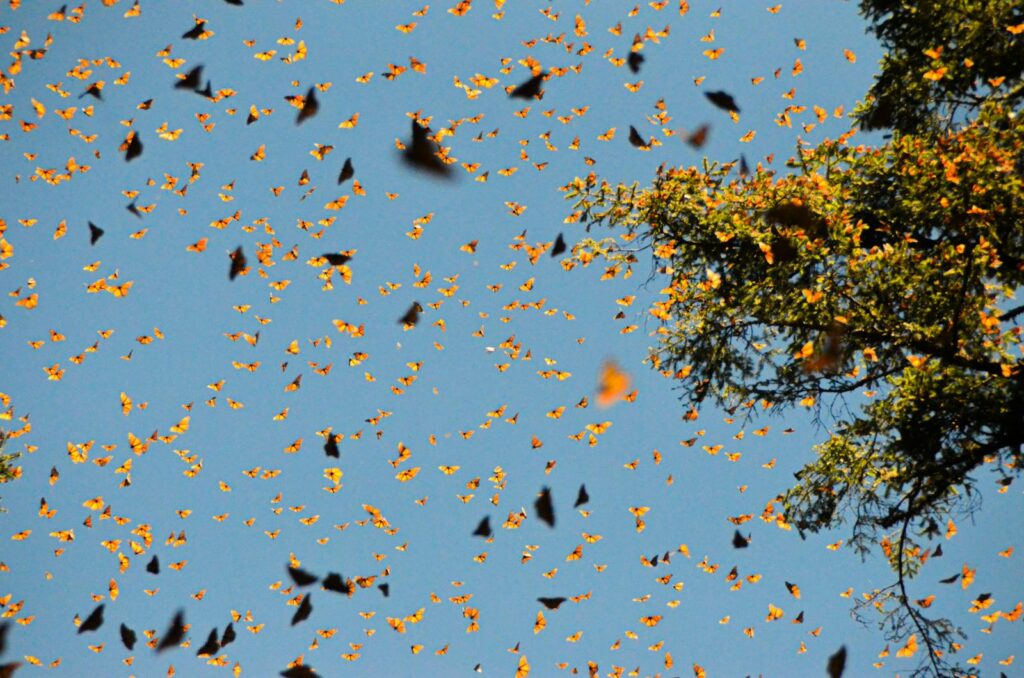In Mexico, the annual spectacle of monarch butterflies is unfolding as millions of these iconic insects begin their remarkable journey back to their northern breeding grounds. This migration, which spans thousands of miles from Canada and the United States to central Mexico, is a phenomenon that has captivated scientists and nature enthusiasts alike for generations.
As temperatures rise in the northern regions, the butterflies, known for their distinctive orange and black wings, leave their wintering sites in the forests of Michoacán. They undertake this arduous migration, which is not only a survival instinct but also an ancient tradition passed down through countless generations of these creatures.
The migration route is fraught with challenges, including changing weather patterns, habitat loss, and threats from pesticides. Despite these obstacles, the monarchs are renowned for their remarkable navigational abilities, which allow them to find their way across vast distances with impressive accuracy.
Researchers have been studying this migration closely, aiming to understand the various environmental factors that influence the butterflies’ journey. They are particularly interested in how climate change affects migration patterns and the availability of critical habitats along the way.
As the butterflies make their way northward, conservationists urge communities to take action to protect these vital species. Initiatives to restore milkweed habitats—essential for monarch caterpillars—are crucial in supporting the lifecycle of these butterflies.
The return of the monarchs not only marks a seasonal change but also serves as a reminder of the interconnectedness of ecosystems across borders. This migration highlights the importance of environmental stewardship and the need for collaborative efforts across nations to ensure the survival of these magnificent insects for future generations.



